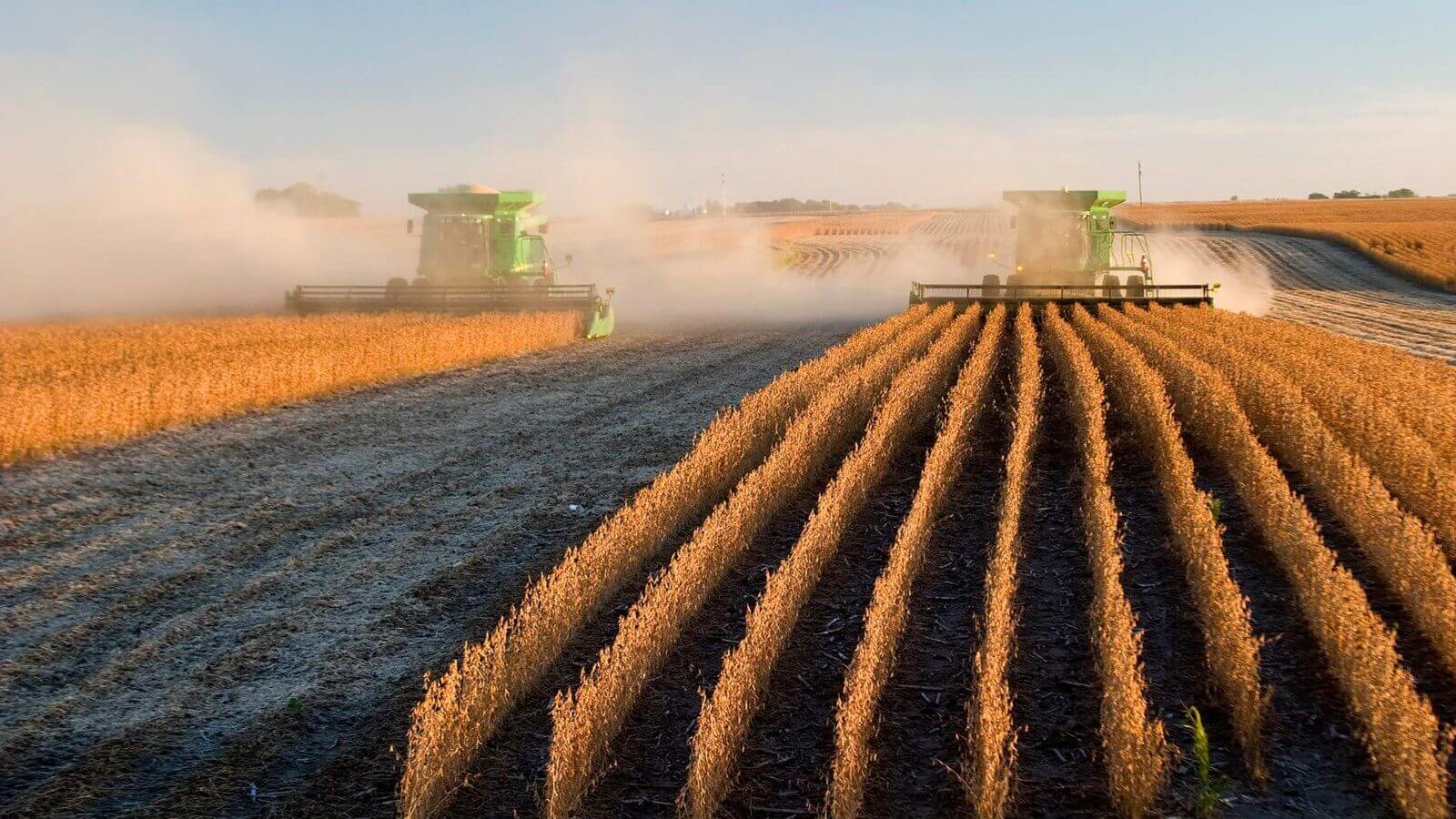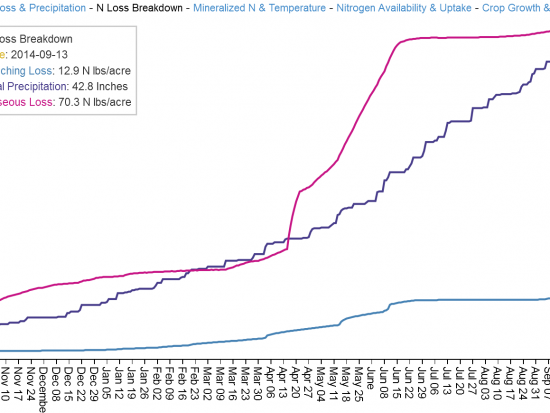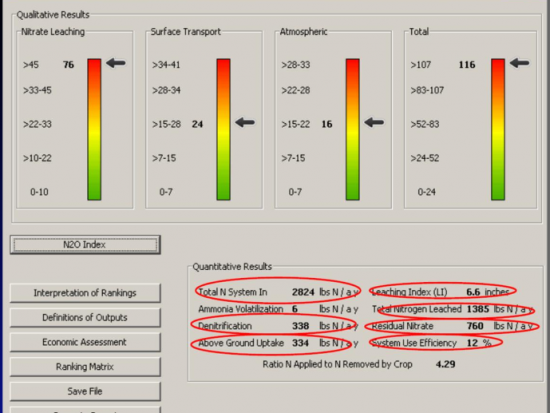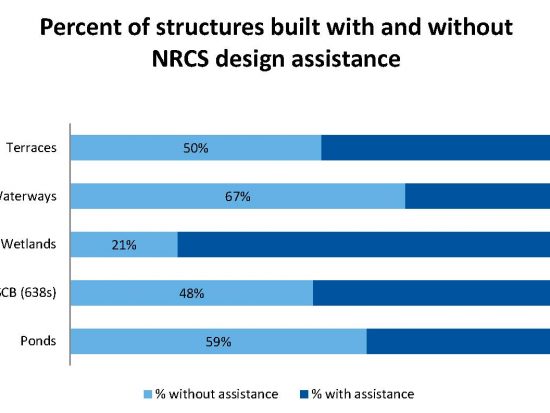At a time when conservation seems stuck in the quagmire of bureaucracy, red tape, old technology, and extremely low expectations it seems new life has been breathed into the conservation issue; and the timing could not be better. It reminds me of the legend where the Phoenix obtains new life by arising from the ashes of its predecessor. In the legend, when the Phoenix feels its end approaching, it builds a nest, sets it on fire, and is consumed by his own flames. From the pile of ashes, a new Phoenix arises, young and powerful. Hopefully …
Getting it right with AdaptN
Note from Tom: A couple of weeks ago, I eluded in the post entitled “Looking at Both Sides of the Equation” that Nitrogen Index tool was the only nitrogen tools that provided information on the amount of nitrogen that is lost for a crop system by leaching, surface transport, and denitrification. Shortly after posting this article, I received an email from Dr. Harold van Es of Cornell University correcting this statement. The following is a guest blog by Dr. van Es.Guest post written by Dr. Harold M. van Es, Cornell UniversityThese days, …
Looking at Both Sides of the Equation
A couple of weeks ago I had the privilege of spending a couple of hours with Dr. Jorge Delgado at his office in Fort Collins, Colorado. Dr. Delgado is a research soil scientist with USDA’s Agricultural Research Service (ARS) and one of the godfathers of Precision Conservation. While visiting, Dr. Delgado demonstrated his Nitrogen Index tool. The Nitrogen Index tool is designed to help resource professionals quickly assess the N loss risk related to agricultural nitrogen. Currently, there are several nitrogen tools available through the …
Disproportionate Effects
When my wife Peg looks at the conservation community, she sees a world that appears upside down, according to her paradigms. Peg’s career has been split between health care and social work. She fully supports the need for preventative care and wellness programs. However, she recognizes that health care providers and social workers need to spend an inordinate amount of time seeking out and helping those people that are unhealthy and struggling with day to day activities. What would we think if hospitals admitted only healthy people and …
The Secret to Making Good Decisions: Knowing Your Choices
I have four children. My youngest will be graduating from college in the spring of 2015. There are definitely good and bad points to being empty nesters. I do miss having my children at home, but one of the really good things is that Peggy (my wife) and I are done buying cars for my children. Early on we told our children that we would buy each one a car after they turned 16. However, we never promised them what kind of car they would get. Since we were buying the car we reserved the right to buy the car that we thought was the best fit …
Putting the Data to Work
The talk today is about Big Data. The question is, will we use what we collect? It reminds me of the 1990’s tagline, “Data Rich, Information Poor.” In the mid 1990’s, USDA NRCS Chief Paul Johnson commissioned a Blue Ribbon panel to study NRCS data collection named “Data Rich, Information Poor.” As you can guess from the title, the conclusion of the report found that NRCS had a huge storehouse of natural resource data that was never converted into useful information.Organizations produce data every day. However, many companies fail to turn …




